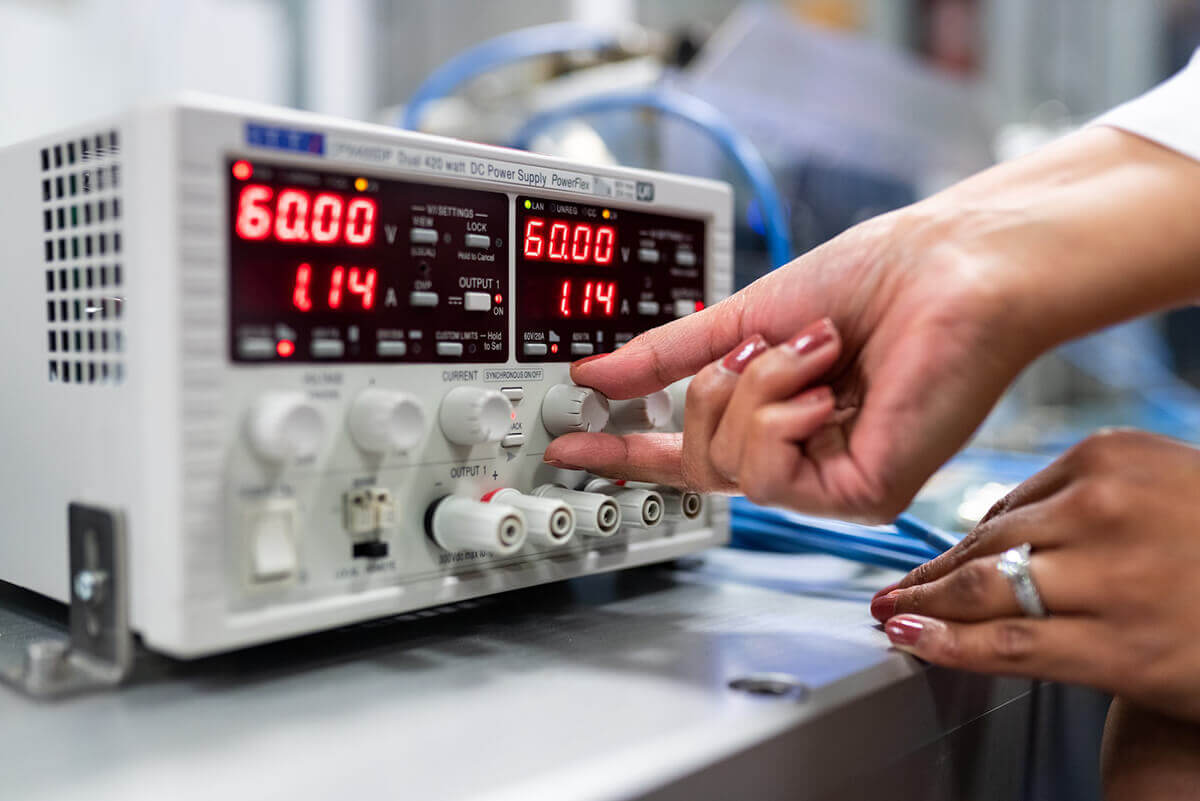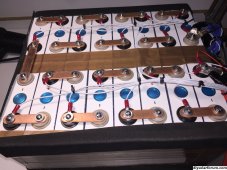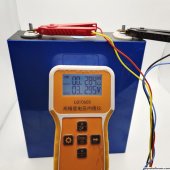This one may be all in my head and just a bunch of coincidences.
I'm trying to charge my 12V lifepo4 batteries (weize 12v and chins 12v in parallel) and every battery charger I put on them has issues.
Clouds rolled in and I won't have any real sunshine for 2 days so I wanted to use 12v battery charges I had laying around to top them off some.
1st charge is a schumacher battery charger old school battery charge (dial showing amps going in and a switch for normal/deep cycle and 2, 6 and 50 amps).
This charger works fine but overheats after 10 minutes set on 6amp charge kicking out the breaker inside and after cooling it goes back to charging. Never had this problem with anything else I have charged.
2nd charger is a 3.6amp axtro charger from amazon. Fancy but still no lithium setting. It runs fine but gets VERY hot so I figure it might mess up if I left it going and stopped it from charging after 30 minutes or so.
3rd charger is an old black and decker fancy charger (one of the first "automatic" models they had). It works fine on other batteries but on the lifepo4's it flashes "full" on the display and stops after I tell it to start.
4th charger is Schumacher SSC-1500A-CA Ship 'N' Shore 15 Amp SpeedCharge Charger. It works fine except seems to get hot faster than normal and its fan has long since bit the dust so not risking frying it.
So is something weird going on? Do lead acid chargers just hate charging lifepo4 and I never notice it before heat wise?
Solar charging works fine with it but again solid clouds for 2 days at least.
I'm trying to charge my 12V lifepo4 batteries (weize 12v and chins 12v in parallel) and every battery charger I put on them has issues.
Clouds rolled in and I won't have any real sunshine for 2 days so I wanted to use 12v battery charges I had laying around to top them off some.
1st charge is a schumacher battery charger old school battery charge (dial showing amps going in and a switch for normal/deep cycle and 2, 6 and 50 amps).
This charger works fine but overheats after 10 minutes set on 6amp charge kicking out the breaker inside and after cooling it goes back to charging. Never had this problem with anything else I have charged.
2nd charger is a 3.6amp axtro charger from amazon. Fancy but still no lithium setting. It runs fine but gets VERY hot so I figure it might mess up if I left it going and stopped it from charging after 30 minutes or so.
3rd charger is an old black and decker fancy charger (one of the first "automatic" models they had). It works fine on other batteries but on the lifepo4's it flashes "full" on the display and stops after I tell it to start.
4th charger is Schumacher SSC-1500A-CA Ship 'N' Shore 15 Amp SpeedCharge Charger. It works fine except seems to get hot faster than normal and its fan has long since bit the dust so not risking frying it.
So is something weird going on? Do lead acid chargers just hate charging lifepo4 and I never notice it before heat wise?
Solar charging works fine with it but again solid clouds for 2 days at least.





